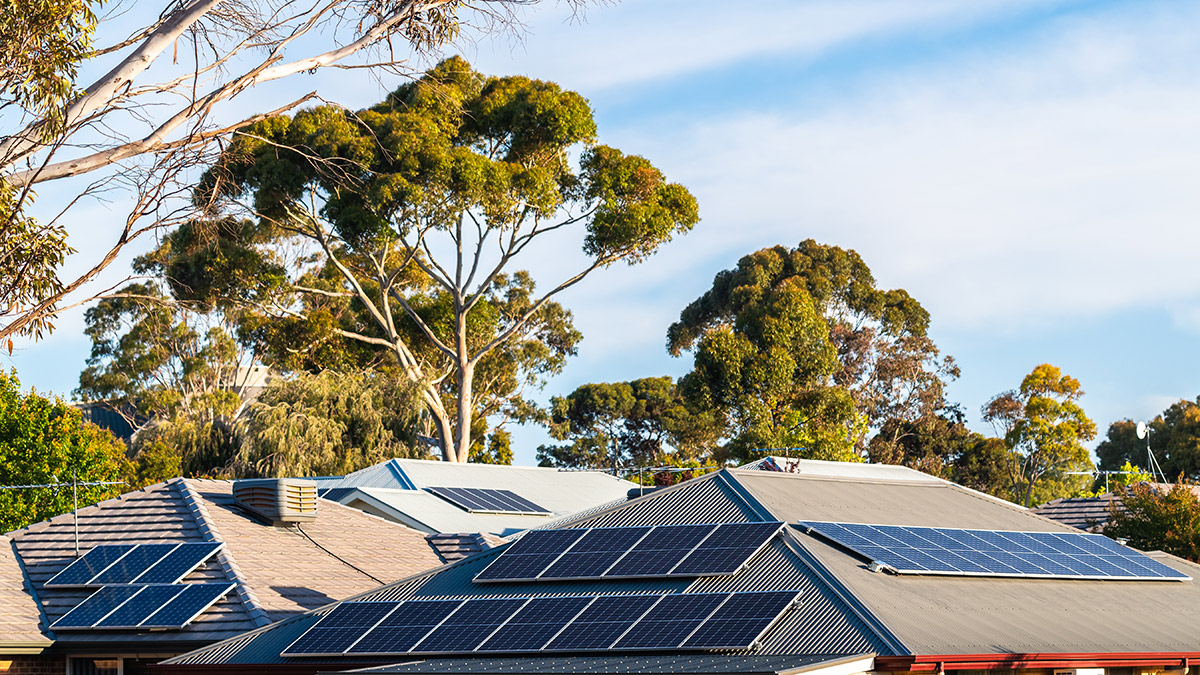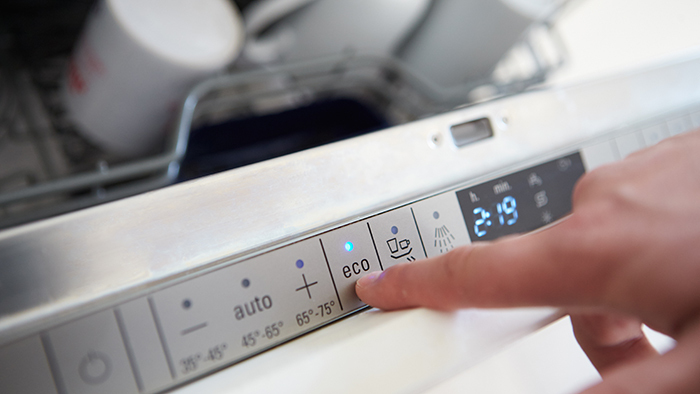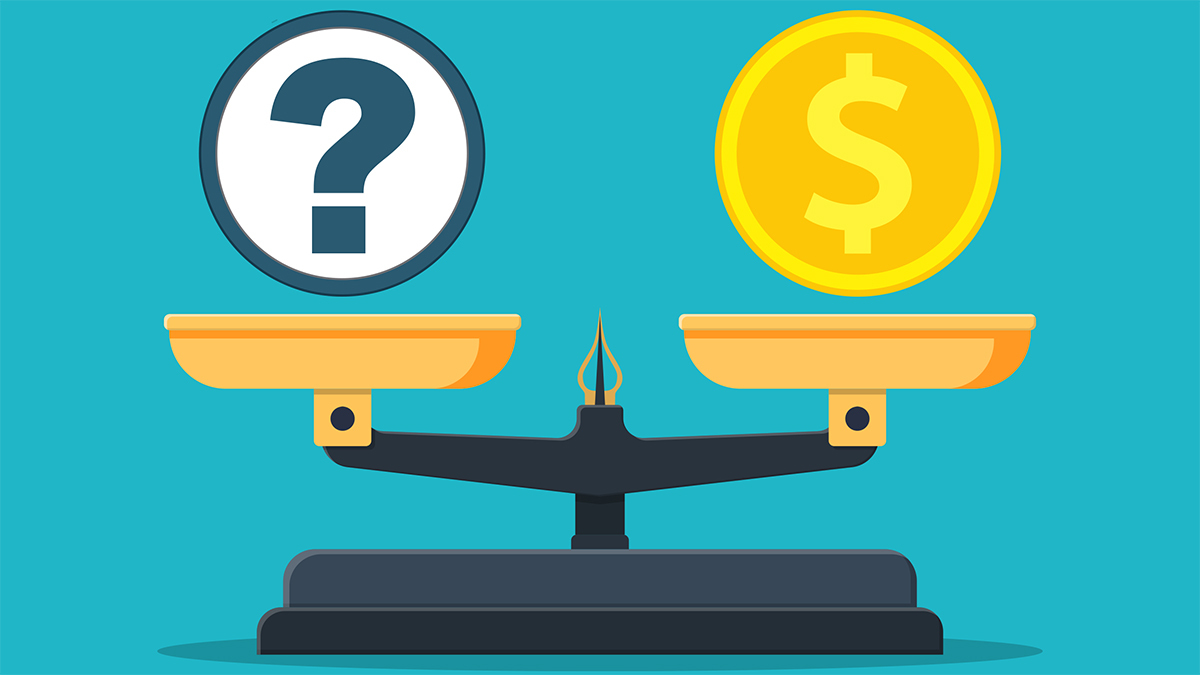Get our independent lab tests, expert reviews and honest advice.
Get paid to upgrade: Your guide to solar and appliance rebates

Need to know
- Most states and territories have dedicated programs to help you pay for solar or upgrade your home appliances
- Thousands of dollars are on offer in rebates and loans and the upgrades will save you money in the long run
- Some programs are available to everyone, but others limit eligibility based on income and assets
On this page:
- Solar and appliance rebates in NSW
- Solar and appliance rebates in Victoria
- Solar and appliance rebates in Queensland
- Solar and appliance rebates in SA
- Solar and appliance rebates in the ACT and NT
- Solar and appliance rebates in Tasmania and WA
As more of us struggle with the rising cost of power, state and territory governments are increasingly opening their wallets to help us reduce our energy consumption and bolster our green credentials.
This comes as 85% of households in our June Consumer Pulse Survey told us they were concerned by how much they were paying for electricity – the highest level we’ve seen in eight years of tracking data.
And this pain is continuing, with regulators green-lighting further increases of up to 25% in some states this financial year.
Most states and territories are now offering unique schemes aimed at helping you reduce your reliance on grid electricity and energy consumption more broadly. These are being offered alongside federal initiatives available around the country.
So, if you’re thinking about investing in more energy-efficient appliances, looking into solar or a heat pump water system and could do with some extra help, read on to see what’s available in your state or territory and whether you qualify.
What is a rebate?
Looking through these schemes, you’ll see many of them involve signing up for or swapping different rebates or subsidies.
A rebate is essentially a payment to help you cover the cost of something. It can come in the form of a discount on the price of a good or service or a partial refund after you’ve paid. A subsidy is a direct or indirect payment that provides financial support.
Most states and territories are now offering unique schemes aimed at helping you reduce your reliance on grid electricity and energy consumption
In the instance of solar set-up, rebates from governments usually materialise as a discount on the upfront cost of associated goods and services.
Solar and appliance rebates in NSW
Low income households in NSW currently receiving energy bill assistance rebates can forgo those payments in return for a solar system.
The state government is giving homeowners and social housing tenants in freestanding homes who receive the Low Income Household Rebate the option of passing up the payment for 10 years to receive a 3kW solar setup on their home.
The state says making this switch can save households up to $600 a year – more than double the annual $285 that comes with the original rebate.
When it was first launched, this scheme gave households that couldn’t get solar the option of swapping their rebate for $4000 worth of upgrades to their home or appliances to make their energy use more efficient.
A NSW Department of Planning and Environment spokesperson told CHOICE it has discontinued that part of the program as they redesign it to deliver more effective savings, but said rebates to reduce energy bills are still available.
Solar and appliance rebates in Victoria
The Victorian government offers a relatively generous range of rebates, including several incentives to help all households install solar panels and batteries.
The state’s Solar Homes panel rebate gives owner-occupiers and landlords up to $1400 to go towards installing panels on their properties.
On top of that, households can then also take out an interest-free loan of the same amount to cover any outstanding installation costs.
Solar Homes can also lend you up to $8800 to help complement a solar panel system of 5kW or more with a home battery.
As with many of these state programs, eligibility criteria apply. These include having a combined household taxable income of all owners being less than $210,000 a year and the property itself being worth less than $3 million.
All households can, however, participate in the Victorian Energy Upgrades program, which facilitates discounts or rebates on new appliances and home upgrades to boost energy efficiency.
Residents who meet specific criteria can also access rebates of up to $1000 to go towards installing a solar or heat pump hot water system.

Solar and appliance rebates in Queensland
Climate Smart Energy Savers is a new program offering Queenslanders between $300 and $1000 cash back when they replace old appliances with four-star-rated (or higher) energy-efficient versions or solar and heat pump hot water systems.
Anyone installing the appliance in their current residence in the state is eligible, provided they haven’t already received assistance from another government program for the eligible appliance, but the higher range of payments are only available to those who qualify for the low-income rebate.
State electricity distributors Energex and Ergon also offer rebates of up to $400 if you install a new or convert an existing air conditioner to a more energy-efficient PeakSmart model under their rewards programs.
Unfortunately, the Sunshine State has no rebate or subsidy offers for solar or battery installation, but Queenslanders can enlist the help of federal guarantees designed to encourage the generation of renewable power.
These programs are also accessible in the states and territories covered by their own unique rebate, grant and subsidy initiatives.
One of these federal initiatives is the Small-scale Renewable Energy Scheme (SRES), which offers financial incentives to encourage people to reduce emissions.
Any eligible renewable electricity your solar system generates qualifies under this scheme for Small-scale Technology Certificates (STCs). These have a dollar value – sometimes in the thousands – that you can “earn back” by selling them yourself.
However, most people opt to take advantage of the incentives in the form of an upfront discount from their installer.
Solar and appliance rebates in SA
South Australia’s Switch for Solar program, which allowed energy rebate recipients to forgo payments for a solar installation, is no longer available.
All subsidies that were available under the state’s Home Battery Scheme have also been exhausted.
Residents may still be able to get access to reduced-cost goods and services through the Retailer Energy Productivity Scheme, which incentivises energy retailers and businesses to provide free or reduced-price efficient products like reverse-cycle air conditioners or other appliances.
People living in Adelaide can also access a wide range of “incentives for sustainability” under the city council’s program of the same name. Eligible residents can get cash back for doing things like installing solar.
Solar and appliance rebates in the ACT and NT
The ACT’s Home Energy Support Program provides rebates to certain homeowners of up to $5000 to help with the upfront costs of installing energy-efficient products and solar.
To be eligible for this money, you must be living in the ACT, hold a concession card and have a home worth at or below a certain value.
This can be coupled with a no-interest loan of up to $10000 to cover any additional costs, but you will have to meet eligibility criteria regarding your income and the value of your home.
Similar loans of up to $15000 for buying solar panels, batteries and other energy-efficient products are also available under the Sustainable Household Scheme.
ActewAGL’s Heating and Cooling upgrade, meanwhile, offers up to $1000 to help customers of the major ACT energy retailer upgrade from ducted gas heating to reverse-cycle air conditioning.
ACT residents can also get up to $1250 for closing off and removing or replacing a wood fired heater with an electric reverse-cycle air conditioner, thanks to the Wood Heater Replacement Program.
Northern Territorians, meanwhile, can take advantage of grants of up to $5000 to spend on solar installation, or batteries if they have a solar system already.
Solar and appliance rebates in Tasmania and WA
Tasmania’s Energy Saver Loan Scheme provides no-interest loans of up to $10000 to households to help with the purchase and installation of solar panels, batteries and energy-efficient appliances.
These are available to all homeowners and landlords hosting residential tenants in the state, provided they are assessed as having the capacity to repay them.
Western Australia has no dedicated solar or appliance rewards programs, but residents here can still access federal guarantees to assist with getting solar, such as the SRES, and payments from the state government for energy they export to the grid once it’s installed.
For more info on the SRES, check out the Clean Energy Regulator’s guide and to get more detail on the various state and territory schemes, visit the energy.gov.au rebates and assistance search portal.





